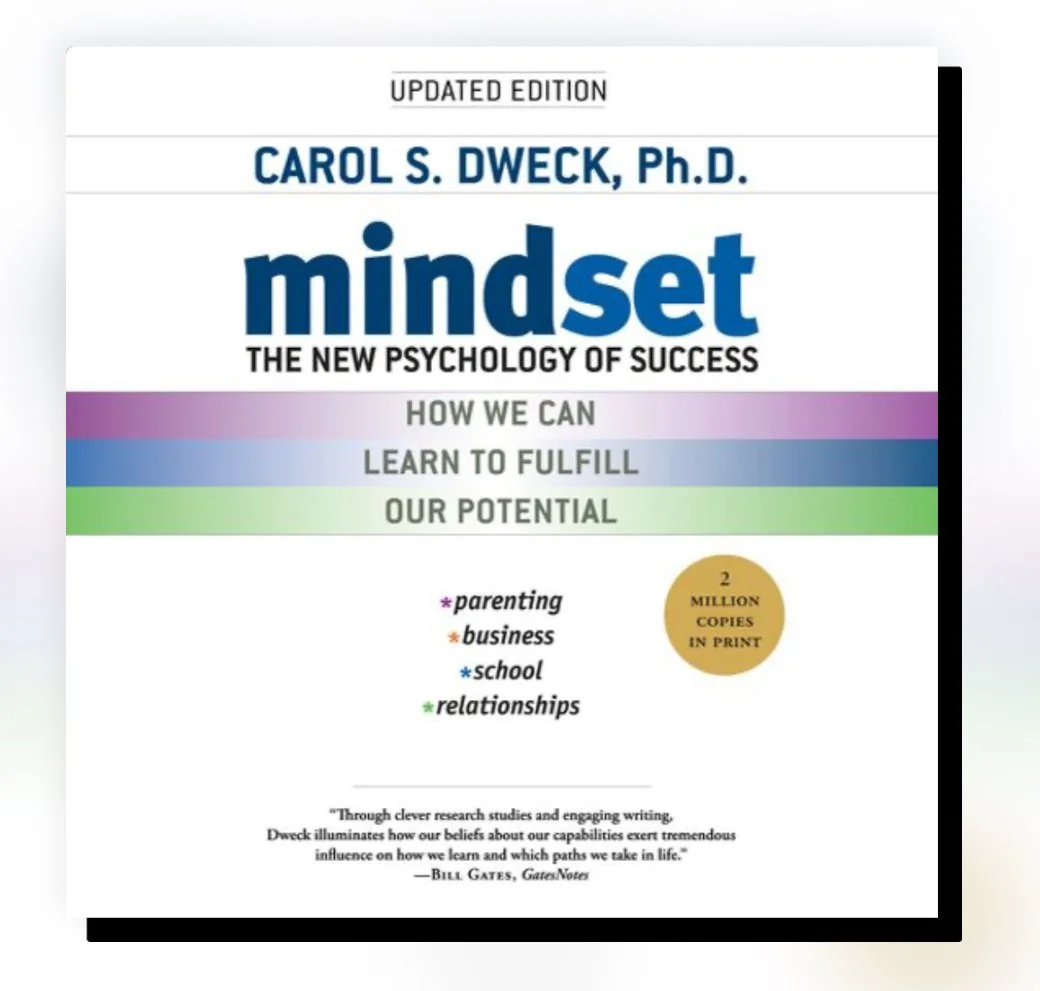How to Change Your Mind: What the new Science of Psychedelics Teaches Us About Consciousness, Dying, Addiction, Depression, and Transcendence (2018) Michael Pollan
Michael Pollan, a journalist, explores the historical trajectory leading up to the recent Renaissance of researching the use of psychedelic molecules associated with lysergic acid diethylamide (LSD) and psilocybin as accepted modes of treatment for psychological disorders. The book reviews the history of the of the introduction to, and impact on Western scientific research and culture; as well as how the narrative/perception was shaped by systems of power to control for the backlash related to the development of the counter-culture, and how this fear-based rhetoric led to the moral panic that eventually shut down (or shoved under ground) existing medical and scientific research once the substances became classified as a Schedule I drugs. Pollan collates historical context, scientific research, biological and mycological research, as well as reflecting on personal experience to lay out this complex timeline as a foundation leading up to its recent resurgence. The book leaves the reader with hope and possibility for incredible benefits to support the healing of complex and distressing psychological conditions such as depression, addiction, and palliative support when utilized in a supportive and controlled medical/therapeutic environment.
My one critique is the lack of information provided about the traditional uses of the substances (namely Psilocybin). Pollan consistently alludes to the use of plant-based psychedelic substances in non-Western and Native cultures for thousands of years, but there are no interviews or research focused on that. The information in this book is focused on the Western perspective and the Western approach to medicine and research (i.e., isolating parts versus assessing the whole), which I find to be a bit disconcerting. It seems to me that after thousands of years, these folks would have a wealth of knowledge that we could learn a lot from (much in the way that Michaeleen Doucleff and Robin Wall Kimmerer describe). The main exception, of course, are the concepts of set and setting and the safety of the container that we have witnessed and adopted from non-western cultures and confirmed in our Western-style research. Perhaps, though, this might be a whole other book in and of itself.
How did I hear about this book: I honestly cannot recall
Would I recommend it to colleagues: Sure
Would I recommend this to clients: If clinically appropriate
How do I apply this content to my work: As an addictions counselor, I have had significant reservations about supporting the use of mind-altering substances as a form of treatment. It felt hypocritical. And, as I reflect back, much of that perspective may have been shaped by the misinformation and rhetoric inculcated into my education about these substances. While I might still be hesitant to recommend that my SUD clients try these substances to help support their recovery process, I am certainly on board with continuing to research the validity of using these substances as a form of treatment. The research presented in this book seemed on track. I find myself very curious and excited to learn more after reading this book.
If you are in WA state and needing some additional support with your recovery from drug or alcohol addiction, please feel free to contact me to schedule a free 15-minute consultation to learn more.
Disclaimers: These reviews are based on my own personal experience reading these books and do not reflect on the book’s author or publisher. I have not received any commissions or other incentives to promote my reviews. My reviews express my own unbiased opinions.




